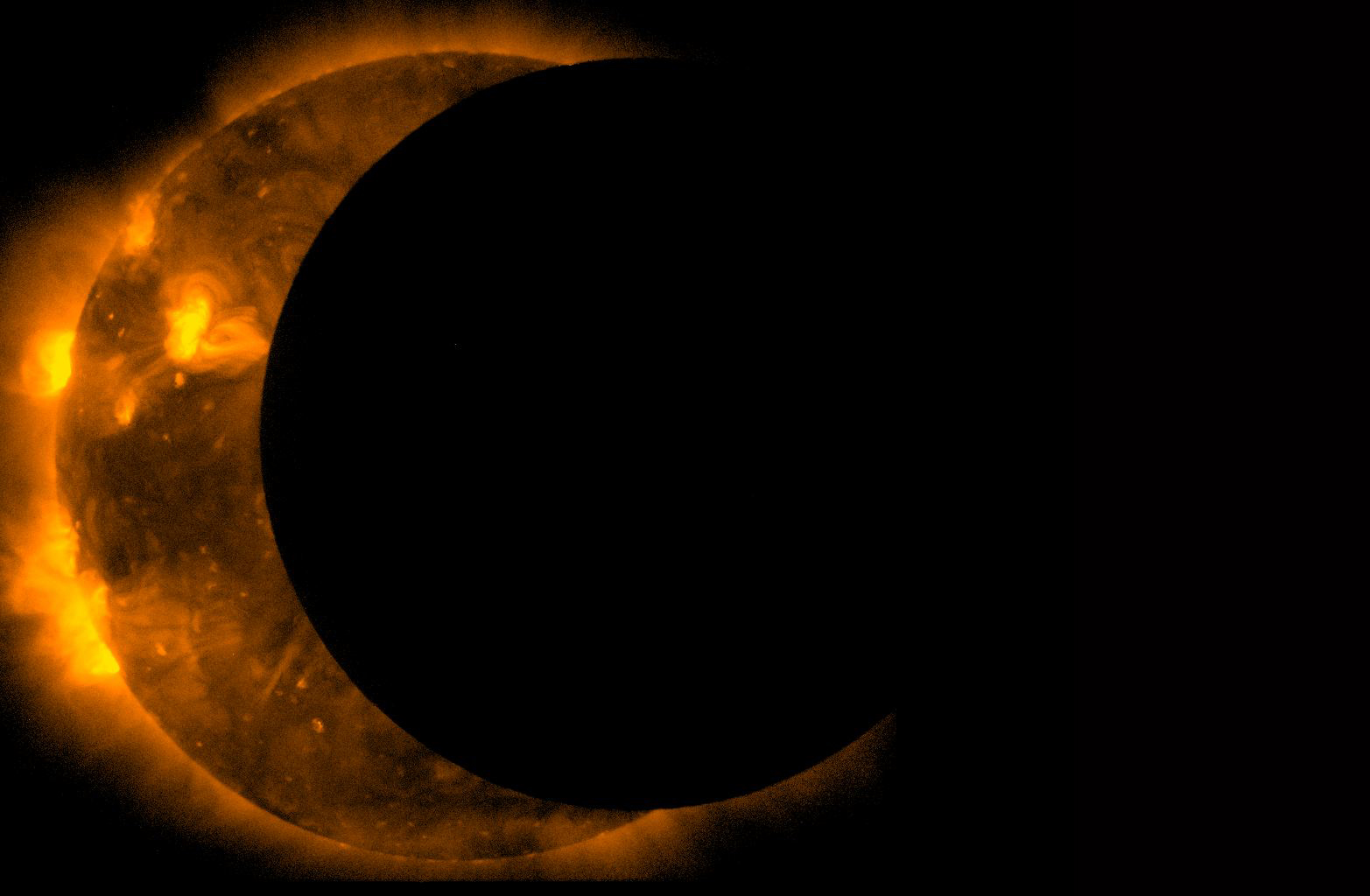Former NASA astronaut Terry Virts shares the awe of witnessing a solar eclipse from space and the upcoming celestial spectacle in April 2024, highlighting its unique beauty and urging viewers to witness it safely on Earth.
A Celestial Phenomenon Witnessed by Few
Imagine Earth, a vibrant blue marble suspended in the blackness of space. Suddenly, a dark circle begins to creep across its surface, like a cosmic bite being taken out of the planet. This is the awe-inspiring sight that unfolded before former NASA astronaut Terry Virts when he witnessed a solar eclipse from the International Space Station in 2015.
“It was unlike anything I’ve ever seen,” Virts recounts, emphasizing the unique perspective an eclipse offers from space. He highlights the rarity of this experience, with very few humans having the privilege of witnessing such a sight from orbit.
A Total Eclipse: A Once-in-a-Lifetime Experience
While excited about the upcoming solar eclipse in April 2024, Virts emphasizes the unparalleled nature of a total eclipse. Having witnessed one in Oregon in 2017, he describes it as a “million on a scale of one to ten.” The complete blackout experienced during totality is unlike anything else on Earth. The sun, the source of life and light on our planet, is momentarily extinguished, replaced by an ethereal twilight and a breathtaking display of the solar corona, the sun’s wispy outer atmosphere. This fleeting moment of darkness amidst the vastness of space offers a profound sense of awe and wonder.
The upcoming eclipse, however, promises a remarkable spectacle as well. Virts highlights the extended period of totality, where the moon will perfectly obscure the sun for up to four and a half minutes in the center of the path. This extended darkness will be a sight to behold for those fortunate enough to be within the path. Imagine gazing up at the sky and witnessing the sun completely vanish, replaced by a breathtaking display of stars and the aforementioned solar corona. This extended period of totality allows for a deeper appreciation of the intricate celestial dance between the sun, moon, and Earth.
Beyond the Sun: Observing the World Below
Virts encourages viewers not to limit their experience to just the celestial dance above. He suggests looking around and observing the world during the eclipse. The sudden darkness will cause the horizon to resemble a sunset in all directions, creating an otherworldly spectacle. Imagine the stark contrast between the inky blackness overhead and the sudden twilight blanketing the landscape. He encourages viewers to witness how wildlife and nature react to this temporary change in light. Animals may become confused or disoriented, while the sudden drop in temperature might be perceptible. Observing these reactions adds another layer of wonder to the eclipse experience, reminding us of the interconnectedness of all living things on Earth.

While a solar eclipse from space offers a unique perspective, Virts doesn’t downplay the beauty of the phenomenon from Earth. He himself is looking forward to catching the upcoming eclipse from the Dallas-Fort Worth area, and emphasizes the importance of proper precautions while viewing the eclipse directly. Special eclipse glasses are essential to protect your eyes from the sun’s harmful rays, even during the partial phases of the eclipse. By following safety guidelines and venturing out to experience the eclipse, skywatchers on Earth can witness a celestial spectacle that has captivated humanity for millennia.



















